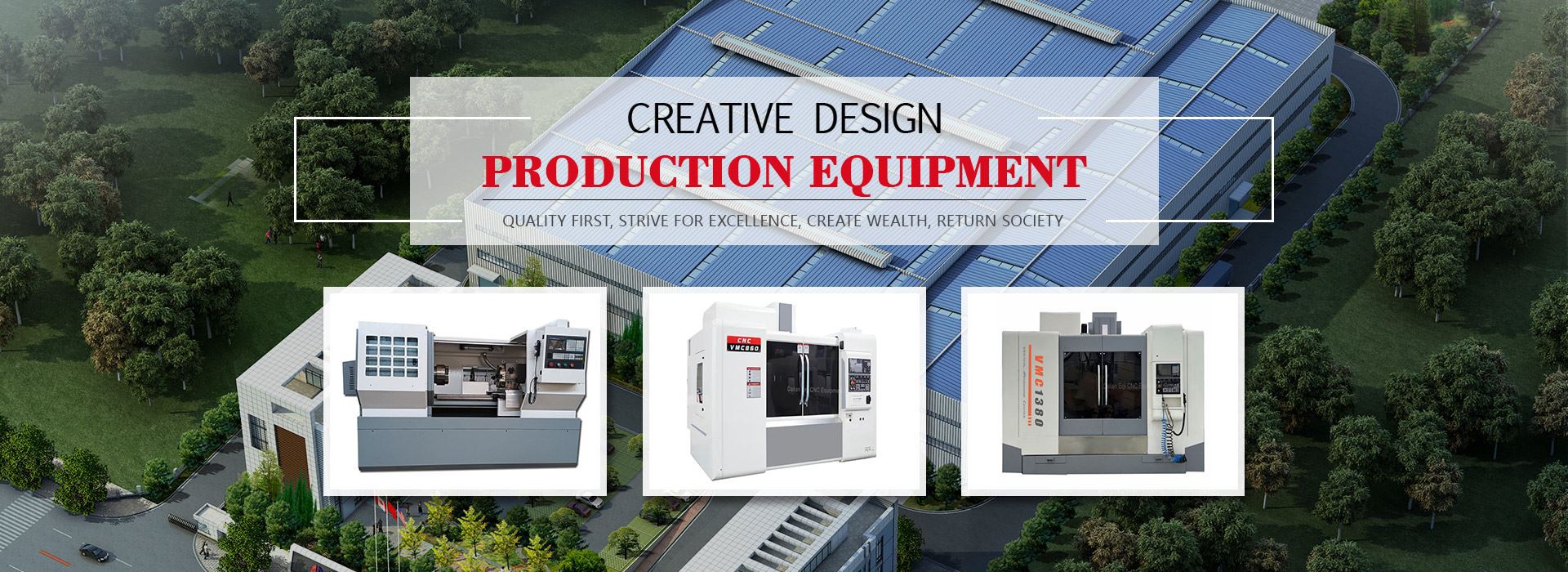What are the methods to prevent collision in vertical machining centers?
Nov 08, 2023
Vertical machining centers are efficient machining equipment, but it is crucial to prevent collisions during use. Collisions not only cause damage to equipment, but may also pose a safety threat to operators. The following will introduce several common methods for preventing collisions in vertical machining centers.
1. Reasonably set the workpiece coordinates and process parameters. Before using a vertical machining center for machining, process planning and programming settings need to be carried out. The key is to accurately set the coordinates and process parameters of the workpiece. Coordinate settings include the position coordinates of the workpiece in the machining space, the coordinates of the workbench, the length and radius of the tool, etc. Accurate adjustments should be made according to the actual situation. The process parameter settings include cutting speed, feed rate, cutting depth, etc. If these parameters are not set properly, it is easy to cause a collision. Therefore, ensuring the accuracy of workpiece coordinates and process parameters is crucial.
2. Conduct safe trial cutting and trial operation. Before formal processing, conducting safe trial cutting and trial operation is an important method to prevent collision with the machine. Through trial cutting and trial operation, the accuracy of tool path and process parameters can be verified, and problems can be identified and adjusted in a timely manner. Especially for complex workpieces and high-precision machining, trial cutting and trial operation are indispensable links, which can reduce the risk of collision before actual machining.
3. Reasonably select and use fixtures and tools. The selection and use of fixtures and tools have a significant impact on preventing collisions with machines. A fixture is a device for fixing workpieces, ensuring the rigidity and stability of the fixture to ensure accurate fixation and positioning of the workpiece. The selection of cutting tools should be based on the material properties of the workpiece, processing requirements, and the performance characteristics of the machine tool to avoid collisions between the cutting tool and the workpiece or machine tool. In addition, during use, attention should be paid to tool wear and replacement, and worn tools should be replaced in a timely manner to ensure cutting quality and avoid safety issues such as tool breakage.
4. Strengthen the training and safety awareness of operators. Operators are the key to preventing collisions, as they need to possess good operational skills and safety awareness. Training includes basic knowledge of equipment, operating procedures, and handling of emergency situations. At the same time, it is necessary to strengthen the safety awareness of operators, educate them to comply with operating procedures, pay attention to operational details, and ensure safe operation. Regularly conduct safety training and communication, share experiences and lessons learned, and improve the safety awareness and skill level of operators.
In summary, preventing machine collisions is an issue that needs to be taken seriously when using vertical machining centers. Reasonable setting of workpiece coordinates and process parameters, safe trial cutting and operation, reasonable selection and use of fixtures and tools, and strengthening of operator training and safety awareness are commonly used methods to prevent machine collisions. Only through multiple efforts can the risk of collision be greatly reduced, ensuring the normal operation of equipment and the safety of operators.







